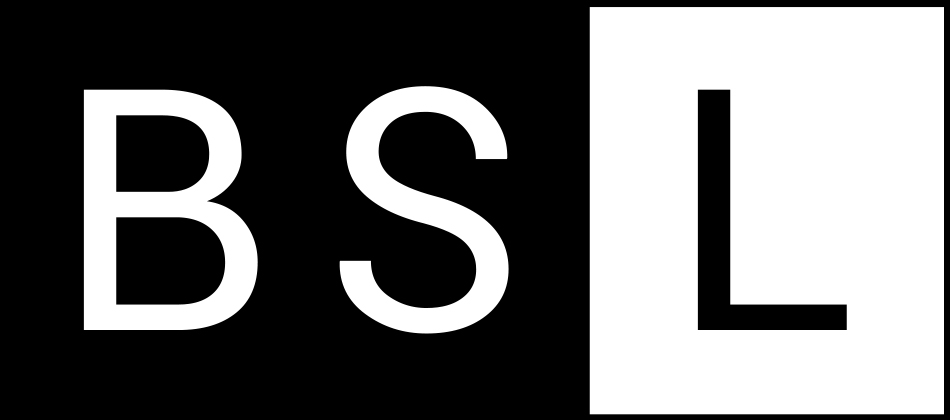Conference Paper: Peer Reviewed
Architectural Education with Virtual Reality:
An Exploration of Unreal Engine 5 and Nvidia Omniverse
by Abdullah Tahir Sheikh and Kristof Crolla
ABSTRACT | This paper discusses educational and technical knowledge extracted from the development and implementation of teaching material for an elective course offered to both undergraduate and graduate students at The University of Hong Kong, which aimed to increase technical proficiency with Virtual Reality (VR) tools in Architecture design and education. VR is relatively underused and under-implemented in architectural education and practice due to the broad and diverse number of technical solutions available. Lack of open software workflows in this field limits ways in which designers can visualise models in a VR experience and evaluate their work at a 1:1 scale. The elective course aimed to address this, creating designer-specific workflows along with a larger overview of technical solutions available. Knowledge disseminated through guided exercises led to the introduction of options for independent student-driven research into VR-driven digital design projects. Technical knowledge was therefore transferred through integrated digital interaction embodied into the design process. Unreal Engine (5.03) was used as the main development environment for VR, with the addition of new features such as Lumen lighting and Nanite geometry. The Nvidia Omniverse allowed for seamless integration between Unreal Engine and Rhinoceros 3D, as well as many other apps using connectors. Connector usage allows importing and exporting models and data between the two platforms, allowing them a more intuitive ability to switch between tools and subsequently live link between software’s and even include external sensor data. This paper documents and evaluates the knowledge gained of software workflows. Evaluation of produced student work is considered through factors of ease of interface, open nature of tools, and potential for altering the typical design workflow. Analysis provides an insight into the effectiveness of proposed workflows. Subsequent reflection and documentation aim to serve as a possible case study to encourage further incorporation of VR tools into architectural education.
KEYWORDS |Virtual Reality, Simulation, Architectural Education, Design interaction, Live data transfer
CITATION | Sheikh, A. and Crolla, K. (2023) ‘Architectural Education with virtual reality’, in Dokonal, W, Hirschberg, U and Wurzer, G (eds.), Digital Design Reconsidered – Proceedings of the 41st Conference on Education and Research in Computer Aided Architectural Design in Europe (eCAADe 2023) – Volume 1, Graz, 20-22 September 2023, pp. 159–168



